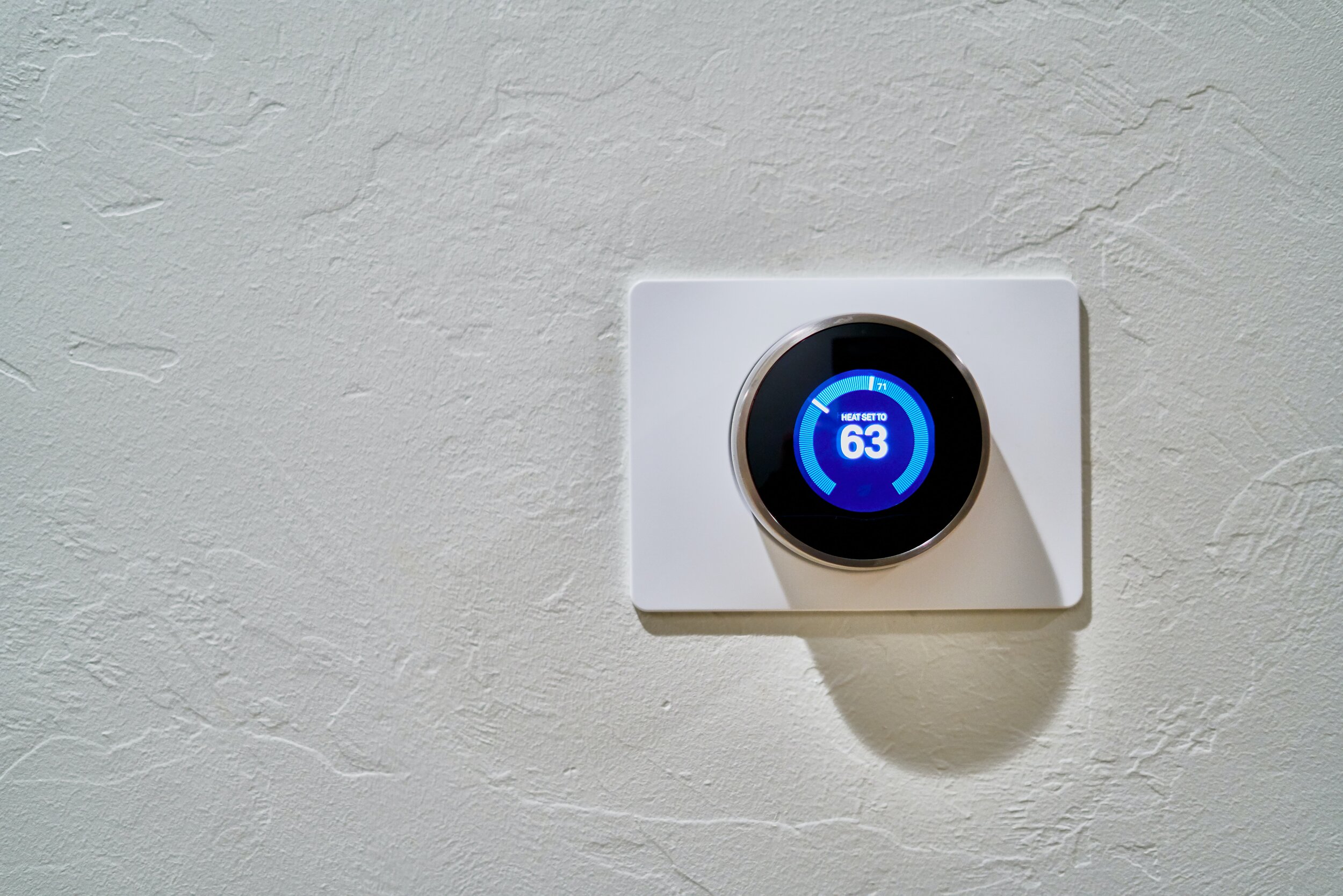Today, September 22, 2020, is the fall Equinox and first day of Autumn. This is an important day for your HVAC as it is the official beginning of Autumn and cooler temperatures are just around the corner. Speaking of temperatures, September 22nd is also National Temperature Control Day. Let’s explore a few fun facts about temperature and the very important thermostat that keeps your house comfortable.
1) Temperature is the measure of heat energy
2) In 1714 German physicist Daniel Gabriel Fahrenheit creates the mercury thermometer. His famous temperature scale (now used in only a few countries) follows ten years later. Swedish astronomer Anders Celsius invents his scale (also known as centigrade) in 1742. Fahrenheit has 180 degrees separating the freezing and boiling points of water, while centigrade has an easier-to-remember 100.
3) The lower the pressure the lower will be the temperature at which water boils. At sea level water boils at 212 degrees Fahrenheit; At 12,087ft in Tibet, water boils at 188.6 degrees Fahrenheit; At the top of Mt. Everest water boils at 159.8 degrees Fahrenheit.
4) Does hot water freeze faster than cold water? No, it does not. However, boiled water has less dissolved air and fewer air bubbles; for this reason water that has been boiled might freeze faster and will form ice that is more dense.
5) Credit for the modern thermostat generally goes to Scottish chemist Andrew Ure around 1830— who created a bimetallic version for textile mills. The thermostat would bend as one of the metals expanded in response to increased temperature — thereby controlling the mills' energy supply. American Warren S. Johnson patents a bimetal room thermostat in 1883.
6) The U.S. Department of Energy has found that your thermostat can help you reduce utility costs by as much as 10 percent depending on how you use it. Modern thermostats allow you to program different temperature settings for different times of the day. For instance, you can set your thermostat at an efficient 68 degrees Fahrenheit while you’re at home this winter but drop the temperature while you’re away.
7) Your thermostat’s location can actually affect your heating and cooling efficiency. If you put your thermostat next to a window or a door, it may produce "ghost readings," which keep the thermostat from detecting the home’s actual temperature and could negatively affect how your HVAC system heats and cools your home. Generally speaking, the U.S. Department of Energy recommends placing a thermostat on an interior wall away from any sources of direct sunlight.
Call Optimum Climates today to schedule your annual fall clean-and-check HVAC maintenance and ask about upgrading your thermostat for a lower utility bill!



